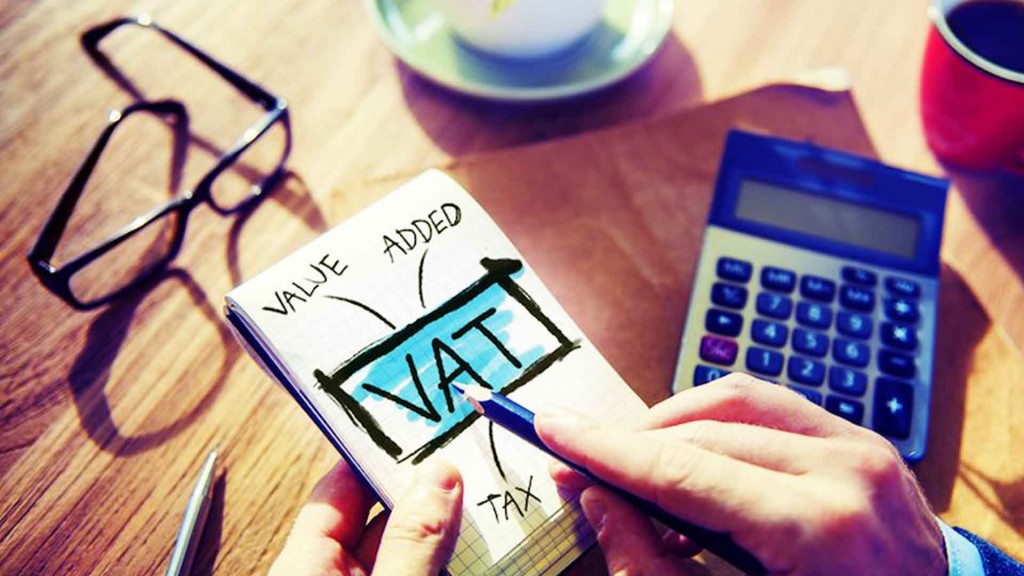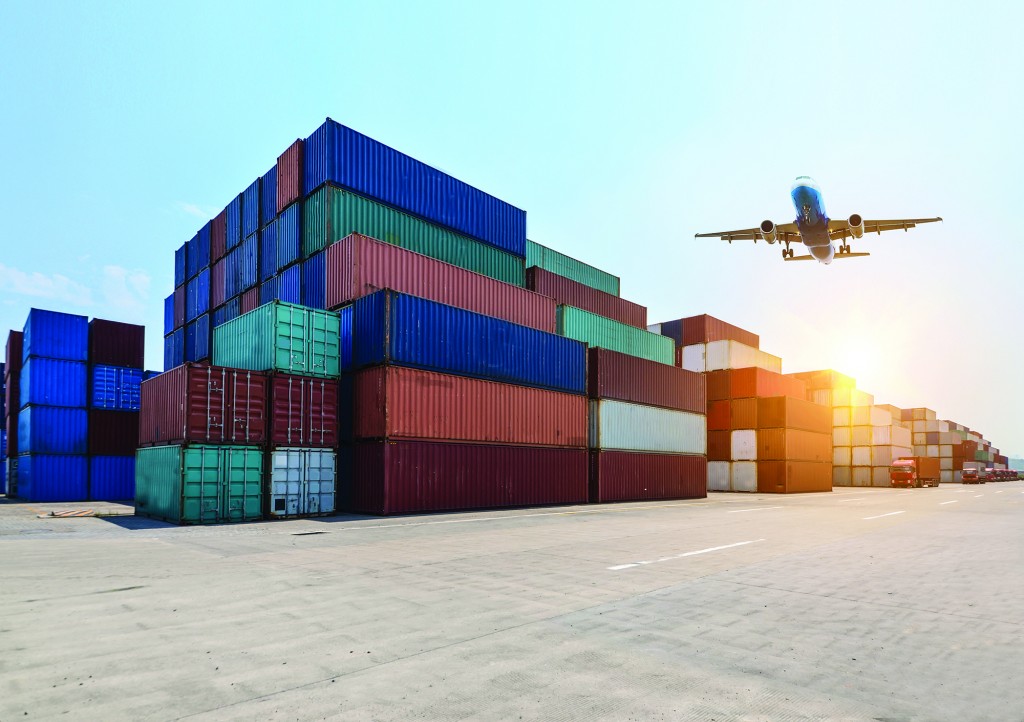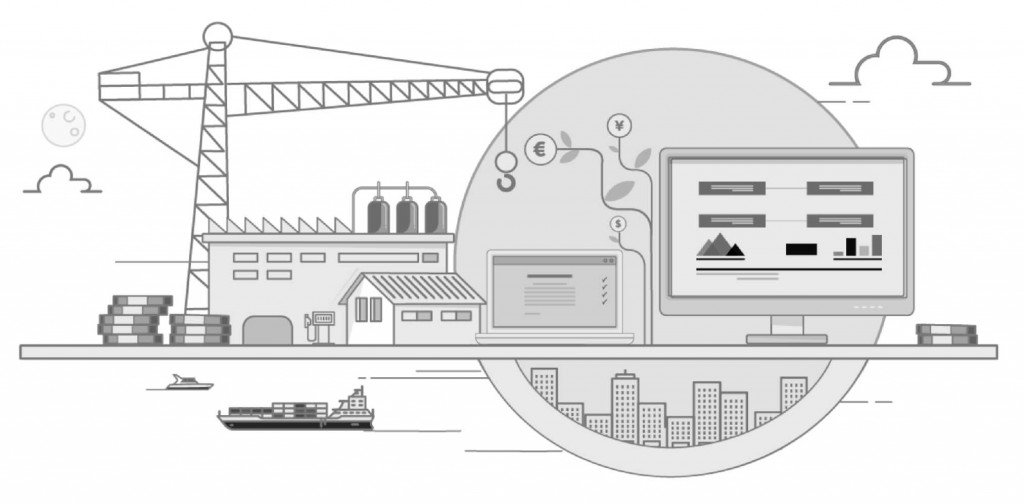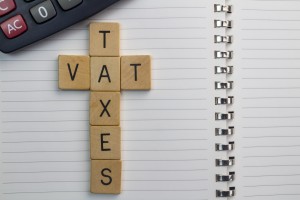Why VAT is said to be a Good Tax?
Bilal Hassan
Since gradual adoption in France from 1948 to 1968, value-added tax (VAT) has rapidly spread across the globe, and is a leading source of tax revenue in many countries. According to the Organization for Economic Cooperation and Development (OECD), some 166 countries operated VAT/GST up to 2016. With implementation of VAT in the six countries of the Gulf Cooperation Council (GCC) during 2018 and 2019, VAT/GST is now operative in 172 countries. This tax has spread so rapidly across the globe because of its inherent attributes which has made it a popular tax.
A broad-based VAT ensures revenue mobilization throughout the production chain. As VAT taxes significant proportion of economic activity, it can raise large amounts of revenue. This is why VAT is considered a stable source of revenue. It is empirically established that adoption of VAT is associated with a long-run increase in the overall revenue-to-GDP ratio of about 4.54%. On average, countries with VAT experience 40-50% less tax revenue instability than countries which do not have a VAT system. Hence, VAT is said to be a good way to raise resources and modernize the overall tax system.
If VAT is levied uniformly on all goods and services with a constant rate, it becomes a simple tax levy. With fewer exemptions and no special schemes to benefit specific taxable persons or selected sectors of the economy, VAT becomes a simple tax. A simple tax is required to reduce cost of tax collection to tax authorities, to make its compliance easier for taxable persons, to minimize cost of tax compliance to taxable persons, to minimize risks to businesses and to allow taxable persons to claim their rights (statutory deductions, tax refunds, tax credits, etc.) without any ambiguity. It is pertinent to mention that a tax becomes simple when its legislation has minimum tax exemptions and tax concessions because besides revenue losses directly, these have the impact of squeezing the tax base and shifting the burden onto a smaller number of existing taxable persons so as to compensate for the loss of revenue; no special schemes for designated sectors of economy, which is essential to prevent tax fraud and tax evasion as it is empirically quantified that concessionary regimes and special schemes reduce VAT compliance and increase tax evasion; not having too many tax rates because multiple rates are associated with higher administrative and compliance costs and tend to reduce VAT efficiency; and have clear and unambiguous tax provisions to enable taxable persons to claim their rights without undergoing prolonged litigation.
Well-structured VAT has relatively little influence on the decisions of businesses and individuals. VAT ensures that all goods face the same level of tax regardless of where they are manufactured. Hence, VAT being consumption tax is neutral only if all goods are taxed at uniform rate. VAT is non-distortionary and is reported as one of the best ways of, not only promoting neutrality and uniformity of tax burden, but also as a way of providing incentives for increasing productivity and industrialization through few exemptions, for example on exports and targeted zero rating. By taxing imports at standard rate and zero rating exports, VAT achieves neutrality in the treatment of goods and services entering international trade. A VAT with a constant tax rate over time would not distort household saving choices, nor would it distort business’s choices regarding new investments, financing instruments, or organizational form. So VAT does not distort domestic production and distribution. It is worth mentioning that to promote economic growth and to achieve economic efficiency, it is essential that government interventions in the economy should be minimum or at least its policies must not change the behaviour of the economic agents – consumers, investors, importers and exporters, etc.
VAT is an efficient tax because VAT has relatively low enforcement cost. Enforcing VAT costs tax authorities less than enforcing other taxes. VAT produces more revenue with relatively less collection cost.
VAT is border adjustable because all countries where VAT is operative, apply VAT at the rate of zero percent on exports and therefore, rebate the entire VAT paid on exports. Similarly, all countries levy VAT on imports. As a result, all domestic supplies in a country with a border-adjusted VAT pay the same amount of tax regardless of country of origin. Second, in the global market, a border-adjusted VAT places exports on an equal footing with products from other countries because they will all face the same amount of tax regardless of where they are sold. Moreover, VAT is easily exportable tax because non-residents have to pay VAT on items purchased by them.
Last but not least, VAT accelerates economic growth by excluding savings and investment from the tax base, by allowing exporters of goods and services to better compete in the international markets because exports subject to zero VAT rate and VAT paid on inputs can be claimed as refunds that provide much needed liquidity to businesses to continue as going concerns and by attracting foreign investors because VAT is widely understood in other countries. It is empirically found that the presence of VAT has increased investment and growth.
The writer serves as Additional Director Intelligence & Investigation (Inland Revenue) at the FBR.
State of Economy
The last fiscal year was one of the toughest for Pakistan, and the challenges are far from over. This is the gist of the annual report just released by the State Bank of Pakistan regarding FY2019.
Coming almost four months after the fiscal year concluded, the report remains timely for the important lessons it has for the present, particularly the insights it shares on why the investment scenario remains so dismal. Last year’s record high fiscal deficit of 8.9pc of GDP was the result of unrealistic targets set by an outgoing government, according to the bank. A poor revenue mobilisation effort combined with weak expenditure control contributed as well.
The unrealistic targets can be attributed to politics, since an outgoing government was hardly incentivised to leave behind a robust revenue plan, although the drafters of that budget will argue that the innovative thinking around which the numbers were built never found acceptance with the new dispensation.
That debate notwithstanding, a big takeaway from the report is the narrowness of the state’s revenue machinery and the enormously ambitious revenue drive that the government has launched. In large part, for example, last year’s weak revenue performance stemmed from the failure to mobilise new revenues via two mini-budgets, as well as the politically motivated reductions in sales tax and surcharge on fuels, particularly petrol and diesel.
Whether or not one agrees with the government’s decision to try and protect the masses from fuel price increases, it is hard to disregard the fact that, given the inflation levels today, the decisions were shortsighted and failed to accomplish their stated purpose.
A close reading of the report shows the importance of restoring fiscal discipline, and in equal measure of broadening the tax base. These are the two principal challenges the government is currently working on. Although it is proving to be a difficult path to walk, having chosen it the government has little choice but to persevere.
Besides the fiscal situation, the report highlights the near-calamitous state of industry and agriculture, and clearly says that a large part of the contraction in the external account is due to collapsing demand in both these sectors, which between them account for more than half the size of the economy.
Therefore the contraction in the current account deficit is hardly something to be celebrated since it is being achieved by strangulating the economy, and agriculture has suffered strong water shortages on top of high input prices.
The investment climate is mired in high levels of informality that draw in investible resources, preventing productivity gains. With these weaknesses, the current account deficit will simply reappear with the return of growth. The need for deep and urgent structural reforms could not be more clear.
How exemptions in VAT are harmful?
Exemptions create cascading and adversely impact consumption and investment choices. In case of exempt items, input tax continues to be incorporated in price without credit at subsequent stages of supply chain and cannot be invoiced out for adjustment purposes. Exemptions create inefficiencies and discriminations in the economy. Continuity of exemptions stimulates exemptions for backward and forward supply linkages eventually resulting in “exemption creep” which adversely impacts tax base and creates further inequities and inefficiencies in the economy.
How VAT will protect vulnerable groups of the society?
Answer: By increasing exemption threshold, decreasing standard tax rate and continuing exemption on basic food items, charities, public sector education and health besides withdrawing imposition of tax on retail price basis, vulnerable groups will continue to be protected. Through acceleration of development process with new VAT receipts, employment opportunities will increase and the overall income level of the low strata of society will progress. Besides, with increase in revenue income, state will be in better position to promote social welfare/wellbeing of the masses.
 Jahangir's World Times First Comprehensive Magazine for students/teachers of competitive exams and general readers as well.
Jahangir's World Times First Comprehensive Magazine for students/teachers of competitive exams and general readers as well.







